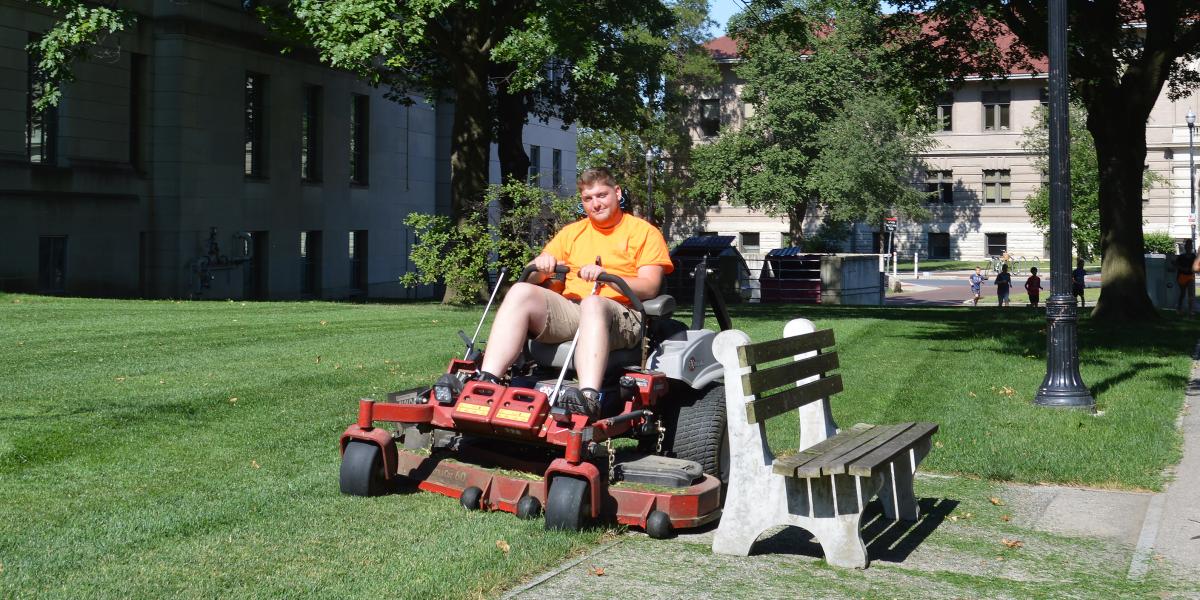The Bureau of Labor Statistics (BLS) estimates that there are more than 924,000 people working in the landscaping and groundskeeping field. As such, work-related injuries are common. Some of the most common accidents related to mowing and trimming are:
- Rollovers - Agricultural mowers and riding mowers can overturn, causing injury or death. Do not mow near drop-offs, ditches, embankments or steep slopes. Use a string trimmer to cut these locations.
- Being caught in moving parts - Mowers have many moving parts. It is important to be aware of the danger areas to avoid serious injury. It is important to keep hands and feet on the equipment at all times. Never use a mower or trimmer without all the shields or guards in place.
- Flying debris - Ensure you are using appropriate PPE.
Here are the ways you can reduce mowing/trimming accidents:
- Learn about the equipment you are using. Read and follow directions in the equipment operator’s manual. Review all safety instructions in the manual. Look for and be aware of warning labels on equipment. Manufacturers put safety messages and warnings on mowing equipment and in the manual. It is important to read, understand, and follow all of these safety messages.
- Work safely. Shortcuts can lead to accidents and serious injuries. Please do not take unnecessary risks and attempt to shortcut a job. For example, shut off the engine before picking up debris or unclogging the chute.
- Inspect equipment before use. A thorough inspection of the mower/trimmer is important before you begin each day. During that inspection, check for loose/broken belts, ensure the blade is secure and balanced, and check for any fluid leaks. Look for accumulated grass or grease. Debris build-up on moving parts of the mower or trimmer is a potential fire hazard.
- Wear your personal protective equipment. Safety glasses, face shields, long pants, and non-slip shoes/boots are all ways to protect yourself while operating mowing equipment. Wear hearing protection while operating equipment.
- Ask for training on any equipment you are not familiar with or comfortable operating.
When it comes to lawnmowers and trimmers, you control your own safety. Most injuries can be avoided through recognizing and controlling workplace hazards, effective employee training, and appropriate selection and use of personal protective equipment.

